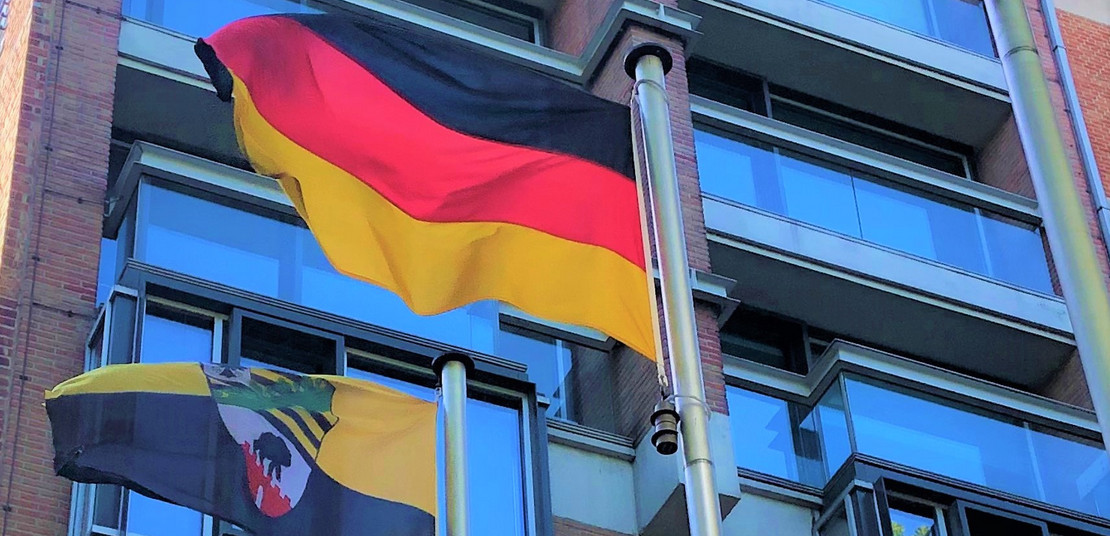European Regional Development Fund (ERDF)
Investment in research and development is provided by the ERDF. The goal is to increase the innovation as well as competitiveness of small and medium-sized enterprises. Another focus lies on climate protection, particularly on the reduction of CO2 emissions.
Funding priorities for 2014-2020
- Research, development and innovation
- Improving the competitiveness of SMEs
- Reduction of CO2 emissions
- Urban development
- Climate protection and risk prevention
For the 2014-2020 funding period, Saxony-Anhalt has approximately 1.4 billion euros of ERDF funding at its disposal.
In the following we present you two reference projects.
"School has to be cool"
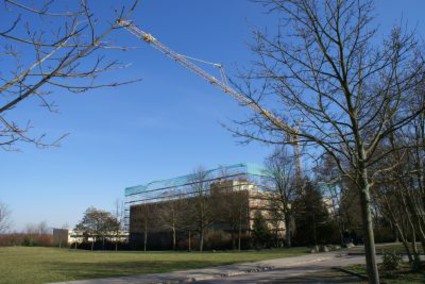
Haldensleben Evangelical Secondary School becomes a passive house
"Of course this concerns energy. But it’s also primarily about the children: we're building with the children in mind," explains the architect Ulrich Kirchner, whilst giving a tour of the Haldensleben construction site. The Evangelical Secondary School is already the 21st school building to be renovated according to plans by the office 'Kirchner + Przyborowski'.
Drills and jackhammers can be heard rumbling from a primary school building fewer than a hundred metres away, also under his lead. Both schools were constructed during East German times, in what is known as the 'Erfurt type' design, or prefabricated slab buildings. Seen from above, they form the letter 'H', but with two horizontal lines. This is a type of building Kirchner has had plenty of experience with.
The 'Erfurt type' is widespread in northern Saxony-Anhalt, but it has its weaknesses. Here, Kirchner refers to a number of 'functional problems'. The building is poorly laid out with its four stairwells, making it difficult to find your way around inside. But the bigger problem concerns the huge exterior surface area. Each part of the large 'H' essentially has an exterior wall on all sides. This would be untenable according to today’s regulations. That's because a lot of surface area means a lot of heat loss. School director Pia Kampelmann tells of energy costs in the range of 50,000 euros per year. Otherwise, the building inaugurated in 1984 may be old, but it has been well maintained. The Evangelical Secondary School began using the building around three years ago. The school is funded by the Johannes-Schulstiftung. "I would do the district a disservice if I were to say the building was in disrepair," says Kampelmann.
Kirchner, too, only refers to the poor 'technical and energetic' condition, intending to make use of the shell of the building. He commends the arrangement and size of the class rooms and notes: "We can save 30 percent of the total costs compared to a new build by using the shell structure." The energetic restoration work costs a total of 4.7 million euros, 2.7 million euros of which comes from ERDF funding as part of the 'Stark III' funding programme.
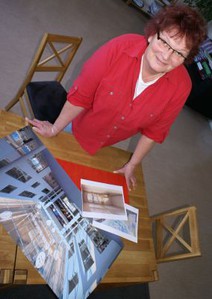
With the help of this programme, nurseries and schools are to be modernised in terms of their energy use throughout the whole of Saxony-Anhalt by 2019, in order to reduce energy costs and conserve municipal budgets. Depending on the individual project, funding is provided by the European Regional Development Fund (ERDF), the European Agricultural Fund for Rural Development (EAFRD) and federal state resources. The money is to be used to create a comfortable learning environment and support IT infrastructure. The Haldensleben Evangelical Secondary School is to be converted into a passive house by the end of 2014 and, as the only free school, represents a model project of the programme.
"School has to be cool," says the architect, who is also the father to five children and has heard precisely these words from them. He believes: "School has to be the greatest place in town so that children actually enjoy going. They'll then learn better and vandalism will also demonstrably fall." His views as a father are reflected in his plans, which school director Kampelmann casts an eye over once more: "An exciting environment encourages the students to think more and also feel more," she explains. She recognises Kirchner's designs from other schools she has looked at. She finds them functional and aesthetically pleasing.
There is a spacious, well-lit atrium and, in the background, the entrance to the unostentatious auditorium. Spanning from left to right over three floors, large windows open up a view into the classrooms. The lines are clear and the roof is transparent. "Everything is transparent," the school director is happy to note. "This is how I imagine a school should be. People should be able to see what we do here. Even when I teach, I never close the door." She also finds it particularly good, "that the building has a versatile centre, where people can come and meet."
The renovation work will see a floor removed from the higher side wings; at the front and rear the building will be given exterior walls and a roof over the entire area. This will create a large interior space, the 'centre' of the school. Adjacent to this, the library, dining hall as well as the auditorium and conference room previously mentioned will be located on the ground floor. The latter can also be converted into a stage. The teachers can then open the huge glass windows to the outside world. Several seating areas are found behind this, resembling a small amphitheatre.
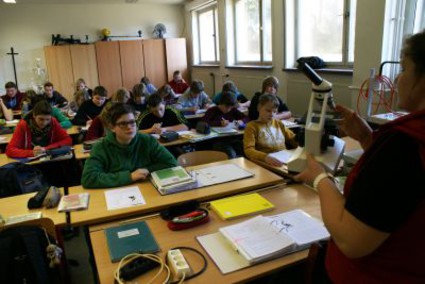
Overall, the renovation work will create a cuboid shape with a significantly smaller surface area, which will also help to make huge energy savings. In conjunction with the controlled ventilation system, there will be little heat loss, meaning the building will not have to be heated that often. Heat will predominantly be provided by passive sources, such as direct sunlight through the windows as well as waste heat from electrical appliances and people. A photovoltaic system and power store are also planned. The reinforced concrete facade will be coated in polycarbonate. "The old GDR will still lie inside; you just won’t be able to see it," says the architect Ulrich Kirchner.
Eight kilometres away from the construction site, in the temporary premises in Hillersleben, eighth graders are currently in biology class. Teacher Katja Schulze lifts up a microscope for everyone to see and explains its components. Once the school in Haldensleben is finished, there will be no need to have the cables trailed in the laboratory, she exclaims enthusiastically. That's because there will be large desks with electrical outlets and each pupil will have their own microscope. Projectors will be fixed onto the ceilings.
And what do the students think about the plans for the new school? Most of them are fed up with the inconveniences and limitations of this year’s temporary premises. But then a few pipe up and say: "Cool".
www.starkiii.de
www.ev-sekundarschule.de
www.kirchner-przyborowski.de
Möller Industrietechnik GmbH
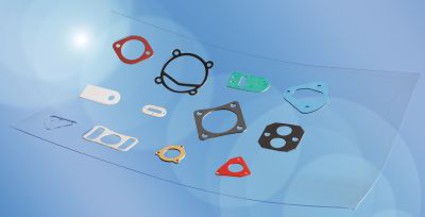
More room for growth
As the third largest full-range supplier in Germany, Möller Industrietechnik GmbH from Hecklingen in Salzlandkreis manufactures and sells all kinds of seals. To ensure it is able to deliver quickly and flexibly, the company requires a large amount of storage capacity. The sealing specialist built a new warehouse for its more than 2,200 different products, with the support of the European Regional Development Fund (ERDF).
Seals are used everywhere. They are used to protect parts and components from dust, moisture and other contaminants. They are used where substances flow through pipes or machinery and where these require sealing. Regardless of whether it’s the pharmaceutical or food industry, in plant or machine construction, in the automotive sector, the chemical industry or in power stations – there is practically no technical product that doesn’t require sealing.
Möller Industrietechnik GmbH from Hecklingen in Salzlandkreis ranks among the top technical partners for seals in Germany. As the third largest full-range supplier, the company manufactures and sells a wide range of seals and technical plastics as rolled, plate and sheet goods, and is one of the specialists for standard and special flat seals. Since being founded in 1994, the company has been steadily expanding; each year revenues grow by two to four percent. In order to be competitive and remain so in the future, Möller Industrietechnik GmbH must not only offer its customers a wide product range of the highest quality according to DIN EN ISO 9002, it also primarily has to ensure quick and flexible delivery. "We work with an order lead-time of no more than two weeks. In addition to state-of-the-art manufacturing technology and an efficient inventory control system, this also necessitates a large amount of storage capacity", explains Ralf Möller, managing partner and owner of the company.
Currently over 2,200 different seal types are stored in the 6,500 m2 warehouses. This was made possible by the expansion in 2011. At the same time, a modern shelving system was purchased for the temporary storage of the product range as well as a machine for increasing production capacity.
The European Regional Development Fund (ERDF) provided the required investment with funding of € 404,537.52.
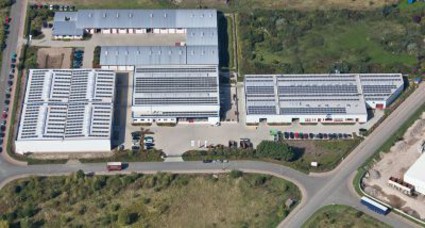
For Ralf Möller, this was not the first funding he has received from the EU. Since 1998, the company has continually been expanding the business premises in the Hecklingen industrial estate, it has been increasing its product range, has installed a new production line and is gradually raising its storage capacity, all with the support of eight various subsidy programmes. "Without the support of the European Union, we wouldn’t have been able to generate the amount of growth we've enjoyed," the owner of Möller Industrietechnik GmbH assesses. "Thanks to the investment in increasing storage capacity, we were able to logistically safeguard the expansion of the product range, and above all, accelerate distribution to the dealers. Both creates and secures jobs," emphasises Ralf Möller.
Around 550 technical distributors, roughly 10 percent of which in other European countries, are supplied by the company from the site in Hecklingen. Ralf Möller manages and expands his distribution network, singlehandedly and without external sales partners, through presence, ongoing contact and the drive to keep inspiring his customers with new products, innovative materials or cost-efficient production technologies. He therefore imports materials from Asia, for example, such as industrial elastomers for in-house production and direct sale to the technical trade, and is introducing a new welding process in order to be able to manufacture seals made from PTFE materials in seal formats of any size.

Employing around 150 members of staff and seven apprentices, Möller Industrietechnik GmbH and Möller Metalldichtungen GmbH (founded in 2009) are not only the third largest employers in Salzlandkreis, but also two of the most attractive, as demonstrated by the low staff turnover. "Our people come from all over the region. We want to provide them with secure job prospects here, from the youngest to the oldest employees," explains Ralf Möller. The opportunities are good, particularly in view of the dynamic development of the mid-sized company.
Additional information:
www.moeller-it.de/










